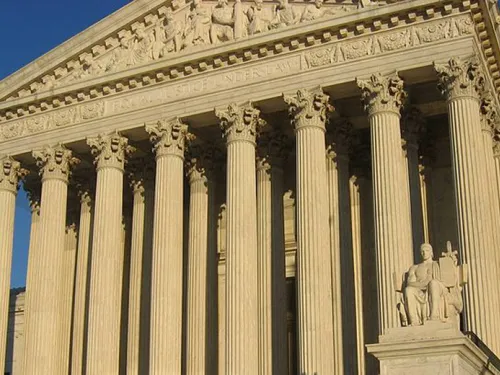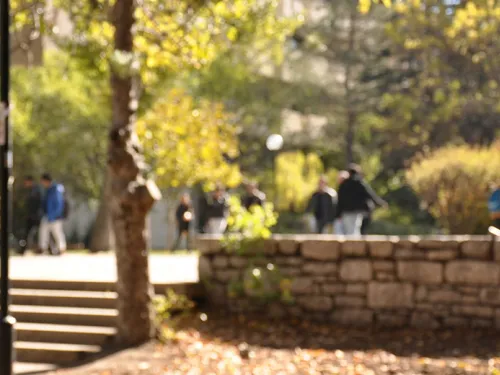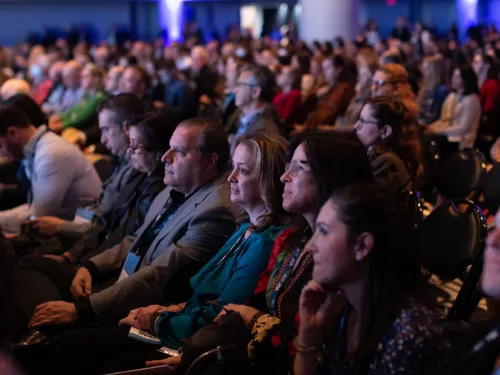The Pyramid of Hate illustrates the prevalence of bias, hate and oppression in our society. It is organized in escalating levels of attitudes and behavior that grow in complexity from bottom to top. Like a pyramid, the upper levels are supported by the lower levels; unlike a pyramid, the levels are not built consecutively or to demonstrate a ranking of each level. Bias at each level reflects a system of oppression that negatively impacts individuals, institutions and society…
Search Results
10 Results

This parent/family discussion guide helps families engage in a discussion about the October 7, 2023 Hamas attack on Israel, its aftermath and how families can help.

Commemorated each year in the month of June, LGBTQ+ Pride Month honors the 1969 Stonewall uprising in New York City. In June of 1969, patrons and supporters of the Stonewall Inn staged an uprising to resist the police harassment and persecution to which LGBTQ+ Americans were commonly subjected. This uprising marked the beginning of a movement to outlaw discriminatory laws and practices against LGBTQ+ Americans. Today, LGBTQ+ Pride Month celebrations include pride parades, picnics, parties,…
Definitions of antisemitism, anti-Zionism and anti-Israel bias.
Social media is a hotbed of antisemitism, anti-Israel hate, Holocaust denial and distortion and other conspiracy theories. Check out our tips on how to engage and disengage in the fight against antisemitism, anti-Israel bias, and hate on social media.

The topic of antisemitism is complex, deeply historical and has a myriad of elements to it. Antisemitism is not only about defaming and attacking the Jewish community; it is a symptom of a larger issue. While antisemitism has sometimes escalated to violence as we saw at the Tree of Life Synagogue shooting, it more often appears in subtler ways, such as insensitive remarks or “jokes” that are brushed off, or negative stereotypes that go unchallenged.
Today, Jewish young people…
The Pyramid of Hate illustrates the prevalence of bias, hate and oppression in our society. It is organized in escalating levels of attitudes and behavior that grow in complexity from bottom to top. Like a pyramid, the upper levels are supported by the lower levels; unlike a pyramid, the levels are not built consecutively or to demonstrate a ranking of each level. Bias at each level reflects a system of oppression that negatively impacts individuals, institutions and society…
For Educators | High School
A study guide for high school teachers who are using From Broken Glass: My Story of Finding Hope in Hitler’s Death Camps to Inspire a New Generation in the classroom.
Help students better understand the experiences author Steve Ross talks about in his book.
About From Broken Glass
Steve Ross was eight years old when the Nazis invaded his Polish village, forcing his family to flee. He spent his next six years in a day-to-day struggle to survive…

Table Talk: Family Conversations about Current Events For Parents, Families, and Caregivers Topic Summary
It seems like we are seeing more and more news and social media stories about people experiencing bias as they go about their daily lives—riding the subway, shopping in a store, dining in a restaurant and hanging out with friends. Indeed, the surge of such stories makes it seem like racism, sexism, antisemitism and other forms of bias and discrimination are becoming more pervasive…
Unheard Voices: Stories of LGBT History For Educators ADL, GLSEN and StoryCorps collaborated to create Unheard Voices, an oral history and curriculum project that will help educators to integrate LGBT history, people and issues into their instructional programs.
David Barr has worked as an AIDs activist for over 25 years. At Storycorps, David talked about how the disease changed the gay community in New York City during the early 1980s, and what it was like to fight a disease that…









